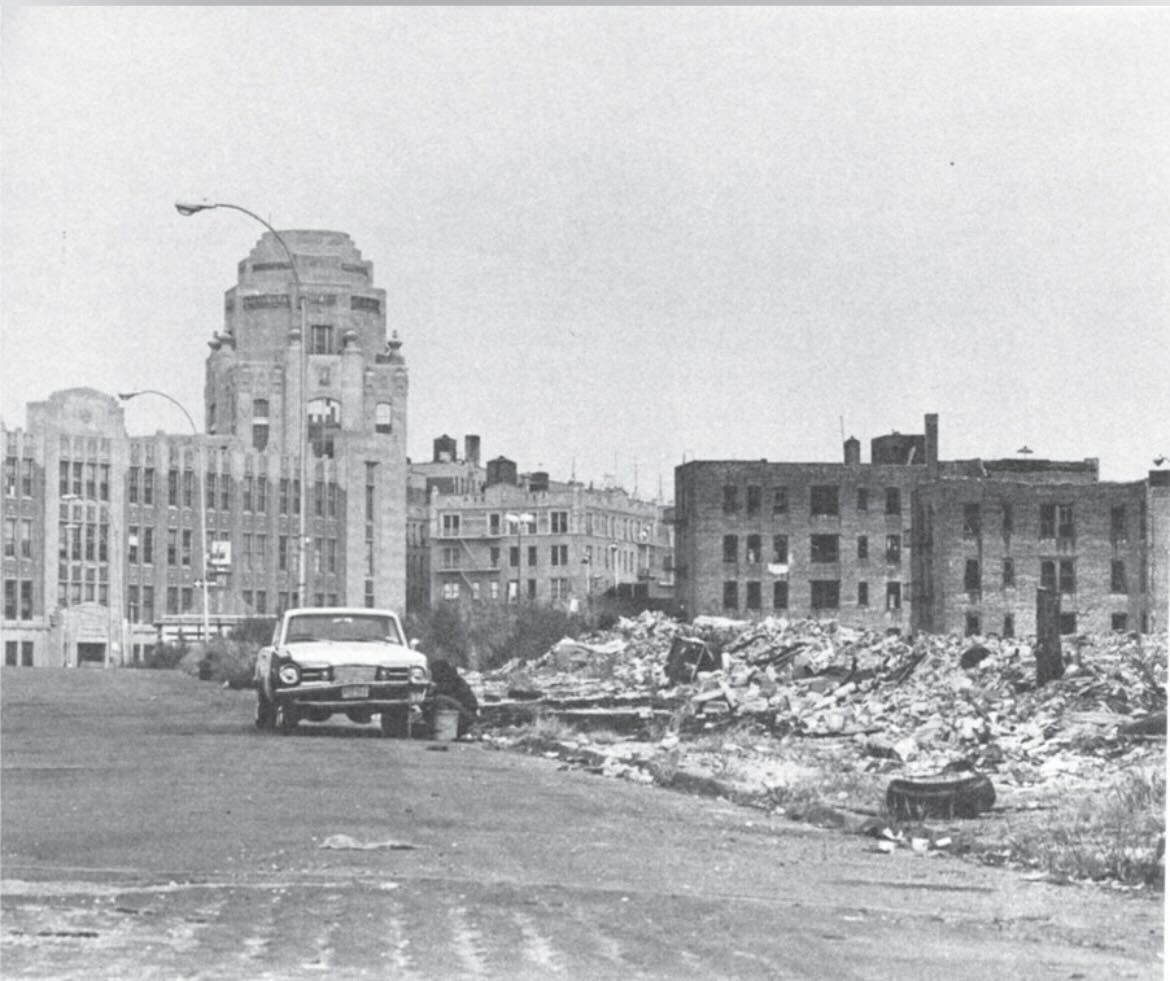In 1981, a New York Times article brought Jill Jonnes, a Columbia Journalism student, to the Bronx. Decades later, she’s one of the borough’s most credible historians– and she’s still at it.
Last month, Jonnes updated her much-heralded book, South Bronx Rising: The Rise, Fall, and Resurrection of an American City, which logs a continuous change in the landscape of the Bronx. Steeped in history, the book is a modern classic for Bronxites and has inspired students, historians, activists, and artists for decades.
With the latest edition, Jonnes weaves in circumstances that impact the Bronx today and might chart its future in the coming years. While rezonings and redevelopments are at a long time high, the Bronx has truly come back to life thanks to grassroots activists and locals.
According to Jonnes, environmental activists like Nilka Martell, current Board Chair of the Bronx River Alliance, are the new beacons of change. The Alliance has single handedly spearheaded the restoration of the Bronx River– New York City’s only freshwater river. They’ve cleaned up decades of accumulated industrial debris and Bronxites can now enjoy activities like kayaking and canoeing. Martell and her team have also played a pivotal role in creating parks with access to the waterfront.
Jonnes’ book became a gateway to activism for Martell who wrote the foreword for the latest edition.
As a young woman, Martell often wondered, “What happened to the Bronx?” and, in reference to the spate of fires that engulfed the Bronx in the 1970s, “Why did the buildings burn?” Her friend, the late historian Morgan Powell, then introduced her to South Bronx Rising.
At present, she is advocating for the capping of the Cross Bronx Expressway to clean the air and create new access to greenways and parks.
“The work I do is based on my lived experiences in the Bronx,” she said. Like many other youngsters in the borough, Martell’s son has asthma, and she is certain that capping the expressway will bring down the asthma rates.
Meanwhile, locals are determined to personally rectify the issues they’ve come across in the Bronx. Noelle Santos, an Afro-Latina Bronxite opened up Lit. Bar, the borough’s only book store in 2019 with an aim to “cure the book desert.”
While people like Martell and Santos are mobilizing positive changes, Jonnes notes that the threat of gentrification now looms over the borough.

Jonnes’ third edition casts light on industrialists with deep pockets arriving with ideas to remodel the borough and reap the profits. She has found that new warehouses on the waterfront and “affordable” high rises like Bankside have instilled a fear of displacement in the South Bronx.
Regardless of claims of providing affordable housing to Bronxites, she writes, new housing developments offer rates similar to those in affluent boroughs like Manhattan, posing the risk that Bronxites will be priced out by wealthier residents from other boroughs.
“In a capitalist country like ours, the poor have to fight their own battles,” Jonnes said. She wants the borough to learn from its past when the power of community saved the Bronx from complete collapse.
She describes the present conditions as starkly different from the disinvestment that occurred in the 1970s and 1980s when landlords seeking to avoid taxes or upkeep on buildings sometimes arranged fires, then collected insurance money and moved to greener pastures.
“The Bronx was the poster child for urban catastrophe,” Jonnes said. Thousands of born-and-bred Bronxites fled.
In 1970, there were 103,000 people in the Hunts Point, Longwood and Maywood districts. By 1980, only 30,000 people remained, according to Harold DiRienzo, founder of Banana Kelly, an affordable housing non-profit on Kelly Street.
“It was like you woke up in the morning, and another building was empty,” DiRienzo said.
Jonnes credits an unconventional advocate, Father Louis Gigante, for starting the South Bronx’s rebirth. A Catholic priest and brother of a mafia kingpin from the Genovese crime family, Gigante spearheaded the redevelopment of housing stock and grassroots activists, including Banana Kelly, also jumped in to rebuild hundreds of housing units.
Eventually, investors showed up.
This history intrigues Michael Kamber, director of the Bronx Documentary Center, who has read the book multiple times since its release. “I hope people will read the book and take pride in the resilience that the Bronx has,” he said.
Kamber also believes the book truly captures how “the Bronx has transformed America.” “I think [without the Bronx] the history of America would be radically different in terms of art, culture, and music,” he added.
The resurgence of arts and youth programs is a recent development, according to Jonnes.
She cites as an example The Point CDC, a community development corporation established in the 1990s and still going strong in Hunts Point, supported by neighbors and community organizers.
Jonnes began her reporting journey in the Bronx with a New York Times article titled “Grand Concourse Revives As Rehabilitation Proceeds.” This story about the redevelopment of the Grand Concourse marked her official introduction to the Bronx.
In 2016, she received an email from a reader who told her that “the Bronx is being rebuilt.” This prompted the start of the third edition of South Bronx Rising.
Harking back to the time she spent here, Jonnes said, “You never know how the Bronx is going to surprise you!”
Editor’s Note: Nilka Martell is the current Board Chair of the Bronx River Alliance, not its former president. Also, Father Louis Gigante was not a mafia kingpin. That was his brother, Vincent Gigante.

